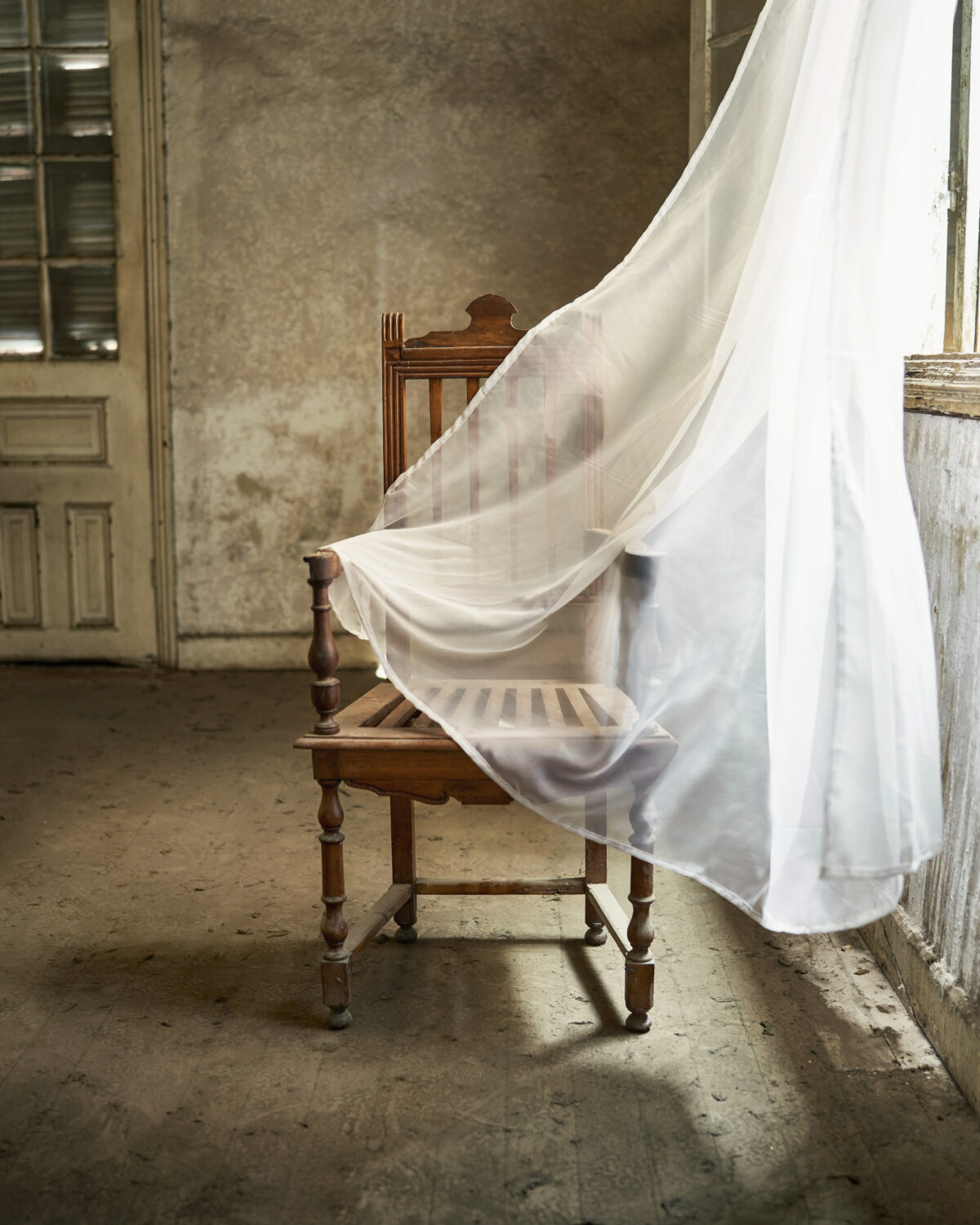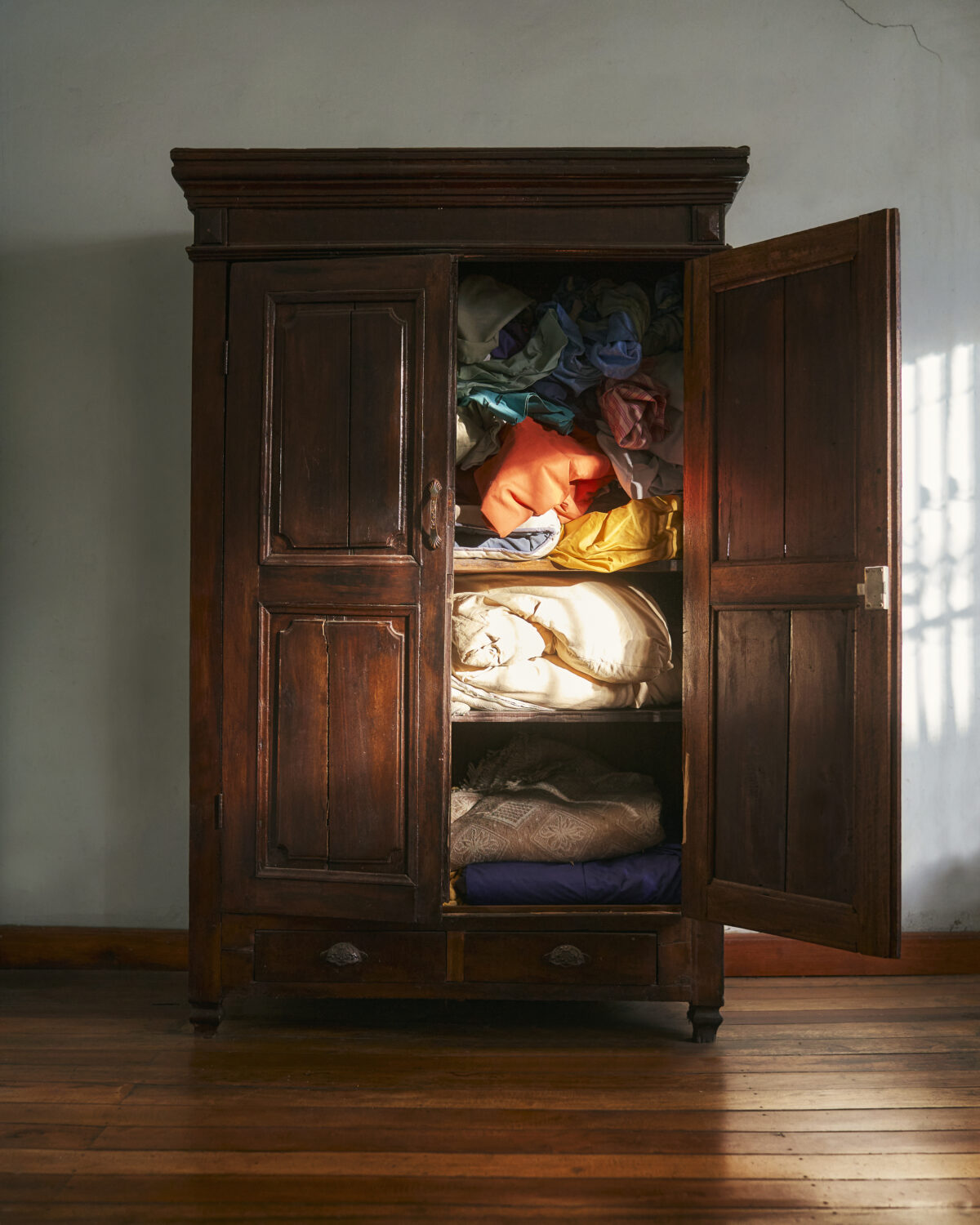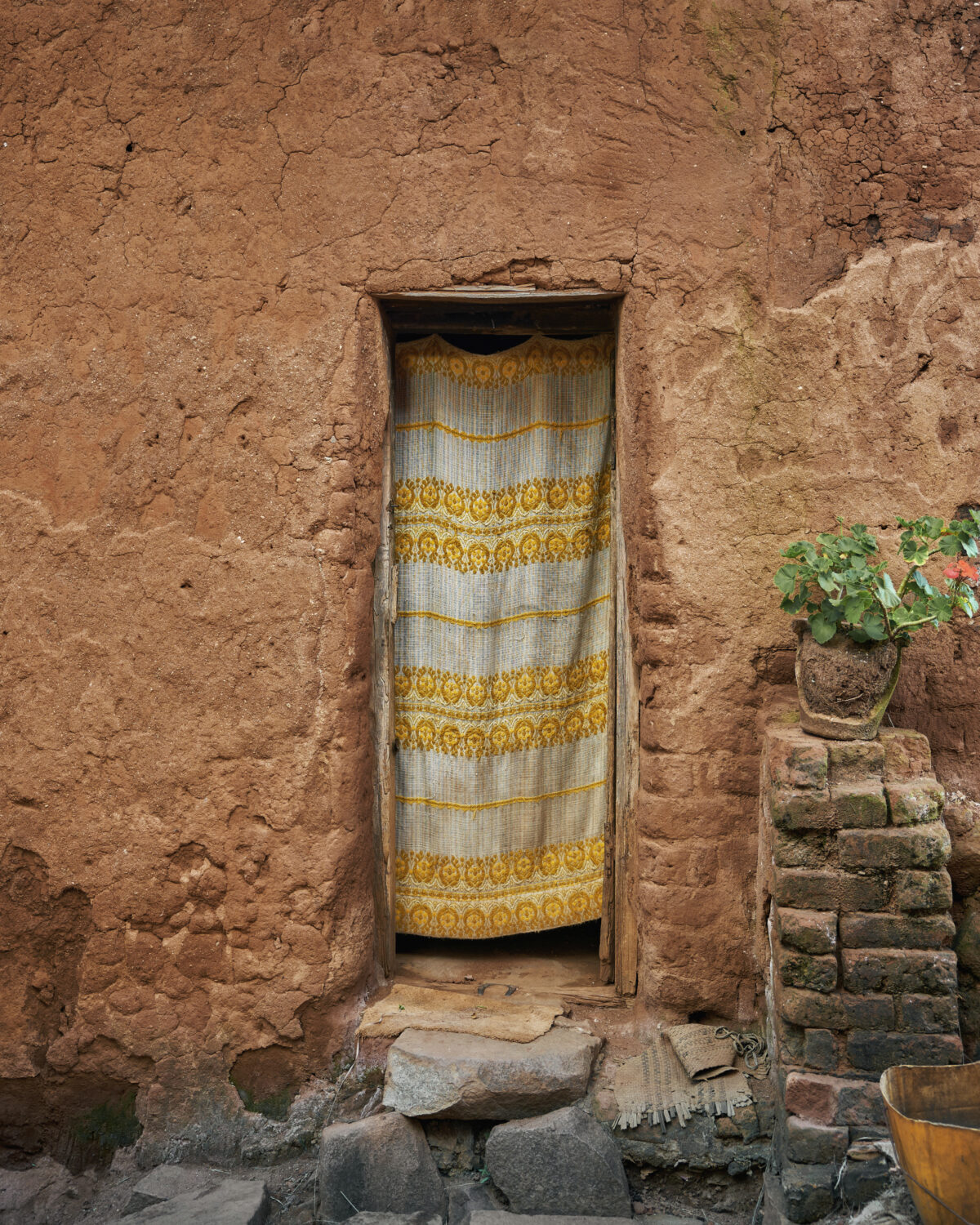Artist Joël Andrianomearisoa On The Lamba, A Pillar Of Malagasy Culture
By Something CuratedThe traditional garment of Madagascar, the lamba is timeless and ubiquitous, crossing the ages and reinventing itself through the desires and inspirations of several generations. The woven cloth has long been a part of Malagasy culture, playing an integral role in social ritual and narratives of commemoration and communication. Hakanto Contemporary, Antananarivo, Madagascar, established by renowned artist Joël Andrianomearisoa – who represented Madagascar at the 58th Biennale di Venezia, and whose work has been exhibited in leading institutions from Centre Pompidou to Zeitz MOCAA – is set to present Lamba Forever Mandrakizay, an exhibition celebrating the lamba textile and running from 17 June to 14 October 2023. Honouring the garment that embodies Malagasy habits, customs, memories and values, the exhibition explores the lamba as a point of inspiration.

The exhibition’s curators, Andrianomearisoa, Ludonie Velotrasina and Rina Ralay Ranaivo, explain to Something Curated: “Firstly, the lamba has a very strong symbolic character linked to Malagasy tradition. Particularly in the relationship of Malagasy people with the invisible, the world of great ancestors, in funeral rituals… the lamba is omnipresent, occupying a central place in the rites of passage that make up the life of Malagasy people. The lamba also has a social function deeply rooted in the expression of Malagasy identity: essential elements in social relations, exchanges, etc. Interactions are punctuated by the gift of lamba, which is a sign of respect, dignity, the recognition of a certain distinction. Thirdly, the lamba is the manifestation of quality Malagasy know-how. With technical variations from one region to another, Malagasy craftsmanship acquired considerable notoriety thanks to the exploitation of the infinite possibilities of the lamba. The lamba is a symbol of unity in several events such as birth or engagement. In death, people offer a shroud called lambamena (red lamba) to show solidarity and to wrap the deceased.”

They continue: “Like a second skin, the lamba is an extension of our being in the world around us. We perceive the world through the lamba, this piece of fabric, made in a thousand ways to feel the world around us. We have the possibility to choose how we are perceived in society. We have the possibility to stage our existence with the lamba, which is formed in several ways according to our mood, our emotions, our stories. The typically human rapport that a Malagasy maintains with the lamba is artistically inexhaustible. From all the palettes of emotions, through the time of history to our own intimate stories, in different contexts, in several geographical spaces, the lamba, the relationship with the lamba is a creation apart. An inspiring force in the elaboration of this exhibition, which unfurls in three moments, in three colours: the inheritance, the know-how, the contemporary expression – or black, white and grey.”
“The lamba has become over time a fascinating object in which the memory, uses and representations of Malagasy culture are inscribed. The plural aesthetics of the lamba is currently part of the Malagasy visual identity. It is not only the expression of Malagasy elegance but also the finesse of traditional savoir-faire. Malagasy people recognise themselves in this textile, in what it represents and what it conveys. This makes the lamba a transversal, unifying and symbolic object that has never ceased to inspire creators and artists. The lamba almost imposed itself to become an exhibition theme for Hakanto Contemporary,” Andrianomearisoa says to SC.

Offering insight into the thinking behind the artists spotlighted in Lamba Forever Mandrakizay, including Gad Bensalem, Tsiry Irimbohangy, Gaston Rakotovao, and Jean-Yves Chen, among others, the curators tell: “The artists selected for this exhibition all recognise the value of the lamba in Malagasy culture. They also acknowledge having been inspired by the lamba in their work, weaving their ideas and inspirations like weavers. Or, by pulling the thread to infinity. They describe with words the lamba with emotions. They photograph its movement in the wind or its silent behaviour. They draw its folds and drapes with precision and tenderness. They draw its lines in space. They deconstruct and reconstruct it to make clothes. They manipulate then burn it in performances. They study it to tell the past time. The lamba is always somewhere, in the idea and in the form, of the thoughts and works of these artists.”
Taking its name from the Malagasy word for “aesthetic”, Hakanto Contemporary celebrates and supports artistic creativity in Madagascar through exhibitions, studio spaces and residency programmes. Expanding on his ambitions for the organisation, Andrianomearisoa adds: “The centre was born from two desires: firstly, to support Malagasy artists and secondly, to provide them with the opportunity to communicate the unique cultural character of Madagascar – one that is born out of multiple colonial histories yet remains obscure to most Westerners. International exchanges and the initiation of artistic projects, which both represent and support the local art scene, are at our core and this principle is in keeping with spotlighting local multidisciplinary talent and helping them become what they are meant to be: artists.”
Feature image: Untitled, 2023. © Kevin Ramorehatra for Hakanto Contemporary